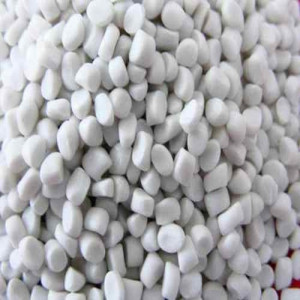| Parsa Polymer Sharif |

| No Title | 0.02 MB |
| Registration Date | 4 Oct 2018 |
| Revision Date | 4 Oct 2018 |
| Share |
Food Packaging
MasterbatchThis product is known as a PP-based masterbatch containing tow groups of nanoparticles. Most particles are around 20-30 nm in size. It shows high antibacterial activity according to INSO 10900 (Measurement of antibacterial activity on plastics and other non-porous surfaces). Below table clarifies how high its activity against E.Coli and S.aureus bacteria is. Antibacterial activity is defined as the ability of a material to eliminate the bacterial contacting with that. It is calculated by comparison of the logarithm of the number of the bacteria in the control sample and in the corresponding sample of that material.
Extensive research has been carried out in the last decades in order to investigate possible methods to prepare antibacterial plastics. Masterbatch (MB) is a solid or liquid additive for plastic used for coloring plastics (color masterbatch) or imparting other properties to plastics (additive masterbatch). The use of masterbatches allows the factory to keep stock of fewer grades of the polymer, and to buy cheaper natural polymer in bulk. Polypropylene (PP) is an economical thermoplastic polymer which is normally tough and flexible used as an engineering plastic, competing with materials such as acrylonitrile butadiene styrene (ABS). The most frequently used approach to prepare antibacterial plastics is to include various organic or inorganic substances, such as tea extract, chitosan, copper, silver, zinc, etc. in polymer matrices. Nanoparticles are being used industrially for modifications to plastics. A common feature is their antibacterial activity. The antibacterial activity of them has been demonstrated against human pathogenic bacteria, mainly E.Coli and S.aureus.